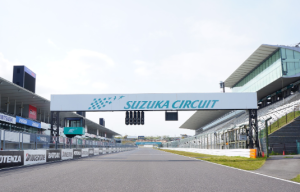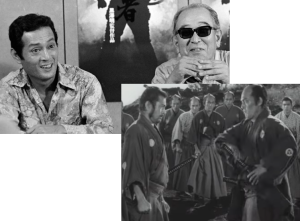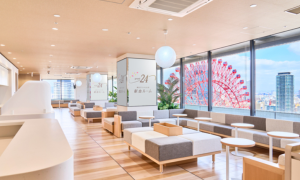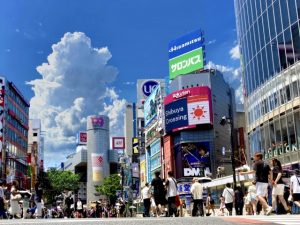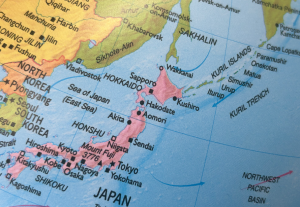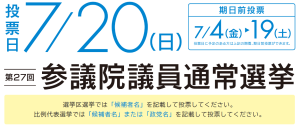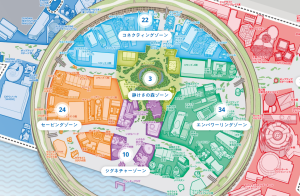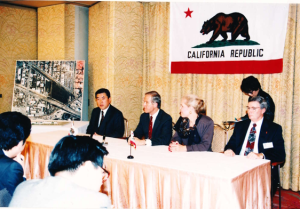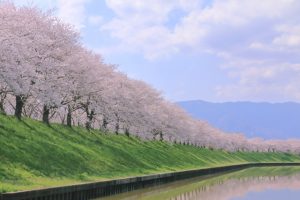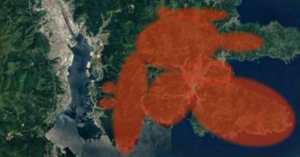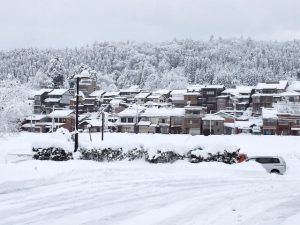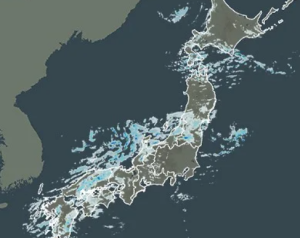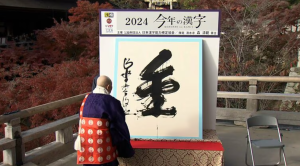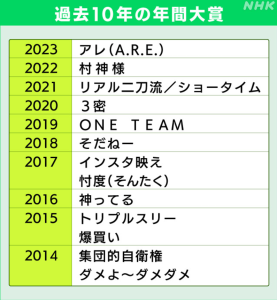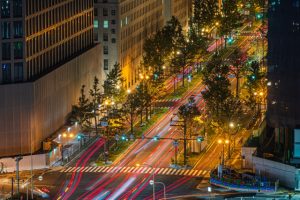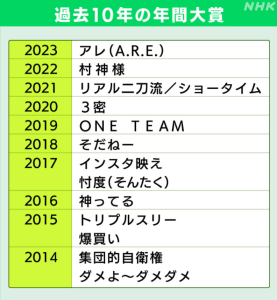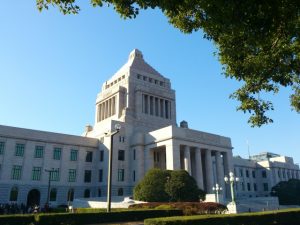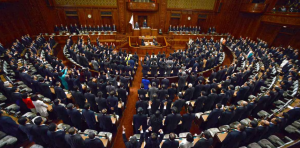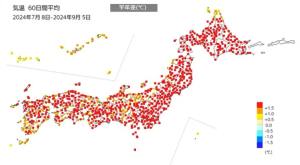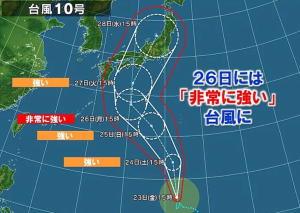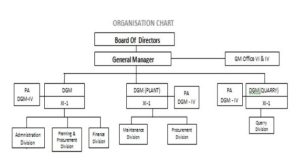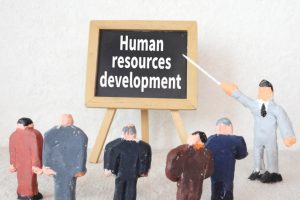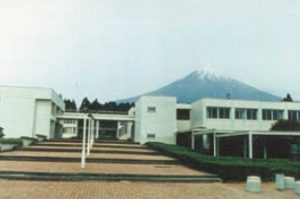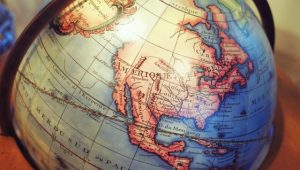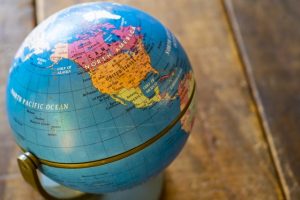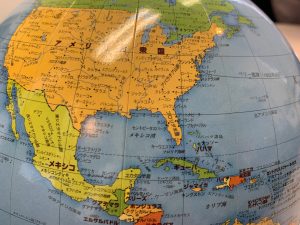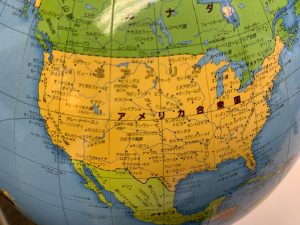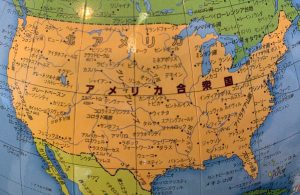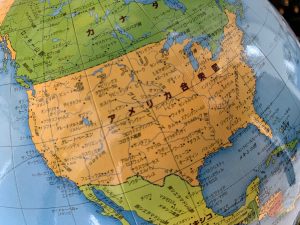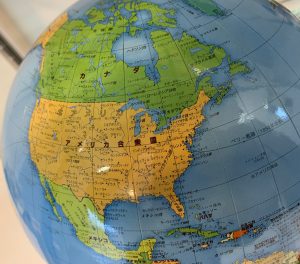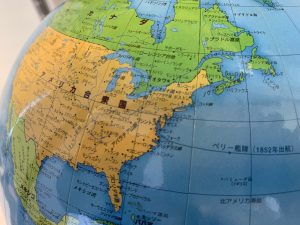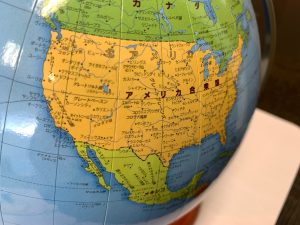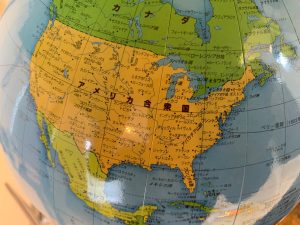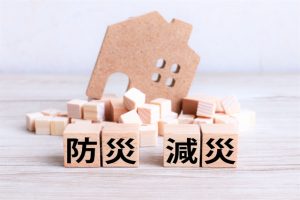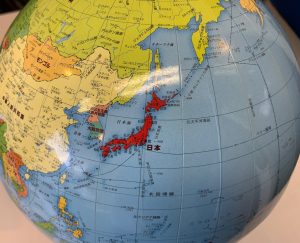Re: A news item and subject which I just want to check out (75) January 13, 2023
About two weeks have already passed since a New Year began. Gentle days have been continuing in Kansai. The last Monday, January 9, was “Coming-of-Age Day”. The age of adulthood lowered from 20 to 18 by an amendment to the Civil Code in April last year, and since then this was the first “Coming-of-Age Day”. It seems that there were some places where celebration attendees must be 20 years old all over the country because we are in a period of transition. Lowering the age of adulthood to 18 is the result of following global trends, but the age limit of alcohol drinking, smoking, and public gambling is still 20 years old.
By the way, this year’s 18 years old new adult was 1.12 million, 0.89 % of the total population, and record-low reflecting the declining birthrate. 20 years old new adult was 1.17 million and 19 years old new adult was 1.13 million, and the number of new adults is dropping every year. Incidentally, it is said that the number of births last year was below 0.8 million. The countermeasures to the declining birthrate are a situation that can’t be waited for, and it needs to put them into effect as soon as possible. Japanese government also seems to get serious in the future, but it is undeniable that it lacks decisiveness.
■■There was a lot this week.
■The situation in Ukraine:
I listened to the talk by Mr. Makoto Iokibe, former principal of National Defense Academy of Japan and current president of University of Hyogo, at a luncheon yesterday. The subject was “the world and Japan after the invasion of Ukraine”, and he delivered an impassioned speech nearly one and a half hours. It was very clear and insightful content about China-Russia relations, Taiwan issue, and defense issue in Japan, as a thinker and cultured person representing Japan, and because he played an important role when Japan was on the verge of a national crisis, such as the chairman of “the Reconstruction Design Council in response to the Great East Japan Earthquake”, “the Expert Panel of Recovery and Reconstruction of Kumamoto” and so on.
I think that it is like Mr. Putin has entered a maze with no exit in sight, and no clues to peace can’t be found, and then prolonged fighting is inevitable. And once the time is ripe for peace being similar to Vietnam War, fighting will inevitably escalate in order to negotiate with both sides on favorable terms even a little bit.
■Revising a world economic growth forecast in 2023 downward:
The World Bank announced that global overall economic growth rate in 2023 will be 1.7 % compared to the last year, significantly revising 1.3 % down from the forecast in June last year.
In this background, there are worldwide inflation and financial tightening by major central banks. It
forecasted that economic growth rate in Japan will be 1.0%, revising 0.3 % down from the previous forecast (Japanese government outlook is 1.5 %). The factors that reduce the growth rate continuing 2022 are reduced demand due to soaring raw material and energy prices.
Japan has piled up deficit government bonds more than 1,000 trillion yen approximately 2.6 times more than GDP for the last 30 years. National finance in Japan is by far a tough situation among developed countries. Nevertheless, average economic growth rate in Japan is below 1 % and potential growth rate is about the same level. Conclusions from here are that there are structural problems in Japanese economy. On the occasion of the many recessions, Japan has gotten over with therapy and avoided surgical operation. For instance, the policy for small and medium-sized enterprises, employment measures, secondary industrial policy like agriculture, forestry, fishing industry, and so on. And symptoms temporarily relieved, but these only led to an increase in zombie companies and a decline in international competitiveness, and did not improve its constitution. As a result, it can be said that these led to low productivity in nonmanufacturing sector accounting for about 80 % of GNP. On the other hand, the reality is that manufacturing sector which is considered to be highly productive worldwide is supported by low productivity and low wage of nonmanufacturing sector.
■The movement of wage increase:
The necessity of wage increase is said in union, both in the newspapers and at New Year parties where greetings are exchanged. I think it is true. I think that companies with good performance due to the positive impact of the weak yen or riding the wave of digitalization should raise wages more and more.
However, the problem is wage increase of small and medium-sized enterprises which account for about 70 % of total number of employees. The trend of this bedrock structure is attracting attention. Japanese government is considering tax cut for companies that raise wages, but this is a subsidy changing its shape, and moral hazard is a concern, being similar to zero and zero loan which is without collateral and interest introduced for corona disaster relief. I understand that members of the Diet must always be aware of elections, but if this continues, the country will be stuck in debt. On top of that, Japan is becoming an irresponsible country where no one takes responsibility for. Even in peacetime, it is like this. How does Japan respond to situations that threaten national security?
Incidentally, according to public opinion survey on wage increase (poll of 2,384 people) conducted by NHK recently, 60 % thought that their wage “would not go up”. It seems that the majority still looks cold.
■The possibility of M8 class succession is more than 100 times higher, within one week after Nankai megathrust earthquake:
A team from Tohoku University and so on has recently published the said research findings. This is the results analyzing the world’s earthquake statistics data about 110 years and occurrence history of Nankai megathrust earthquake since 1361. Incidentally, Japan has operated “incidental information of Nankai megathrust earthquake”, which calls for vigilance or caution when the likelihood of occurrence of late earthquake increases, since 2019.
I visited the stricken area two months after the Great East Japan Earthquake. Witnessing the reality of the Tsunami, by which the whole town became like a swimming pool over 20 meters deep in some places, with my own eyes, I again realized the wonders of nature.
By the way, once disasters occur, it is asked whether the manual has been made or it has been done according to the manual. Like this, it is said that Japanese people like manuals. However, incidents and disasters don’t come according to the manual. Occurrence status when, where, how big and so on varies widely. Communication and transportation are disrupted, and gathering of the persons concerned don’t turn out the way they think. Therefore, the most important thing is the ability to make quick judgements at the site of a disaster. Sometimes you have to make decisions that go against the manual. Disaster prevention and mitigation measures according to each site on a regular basis are important, and cultivating judgement and readiness when a disaster occurs are also important.
In Tohoku region, “Tsunami Tendenko” has been a slogan for disaster prevention since 1990. This means that “if a tsunami strikes, you don’t care even if your family are not together, and run away to high places in all direction, and protect your life first”. It is said that this teaching is a big factor that death toll of lower grades was relatively small. “Protect yourself and protect your country by yourself” is a basis for every disaster and security.




